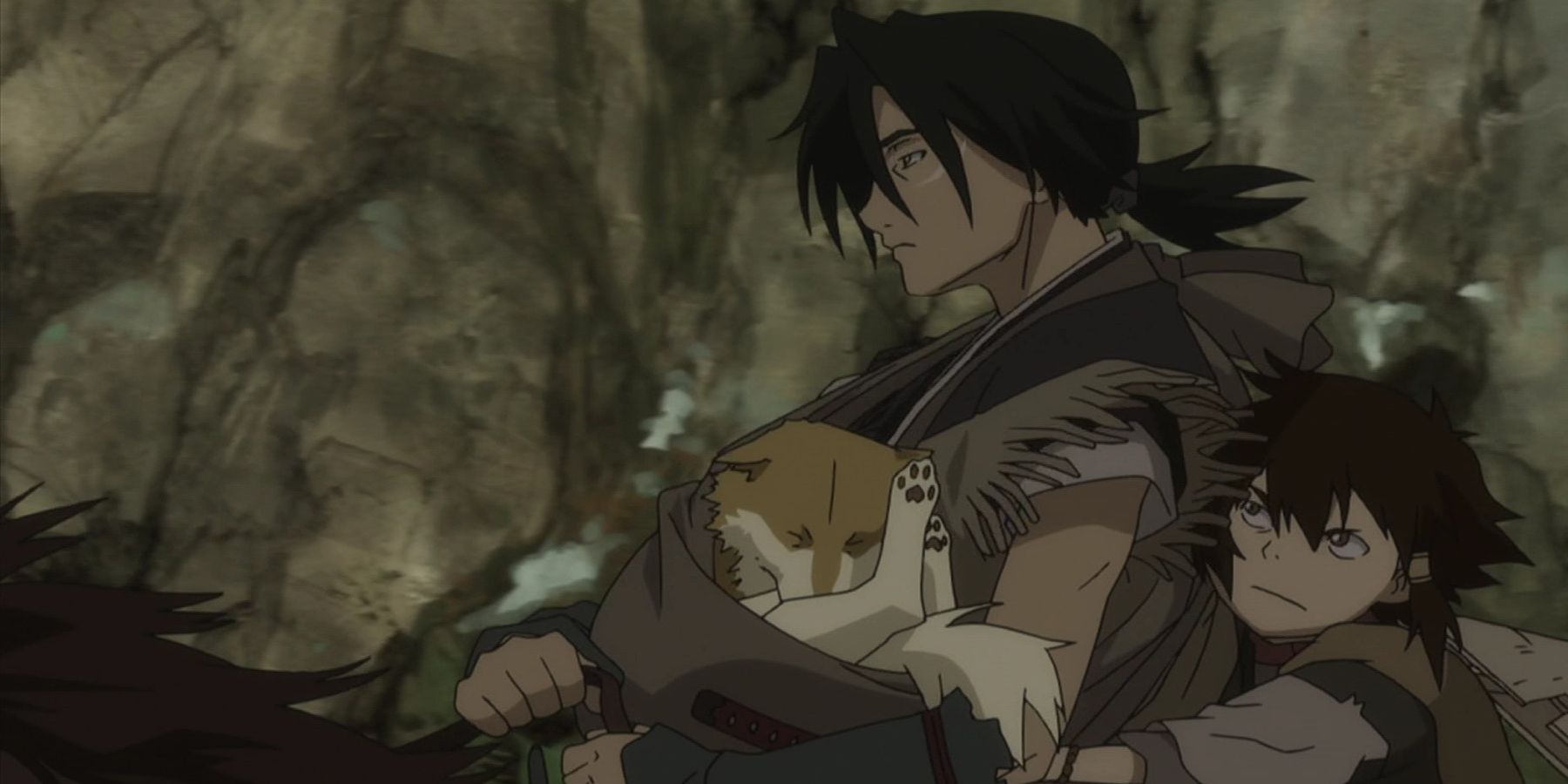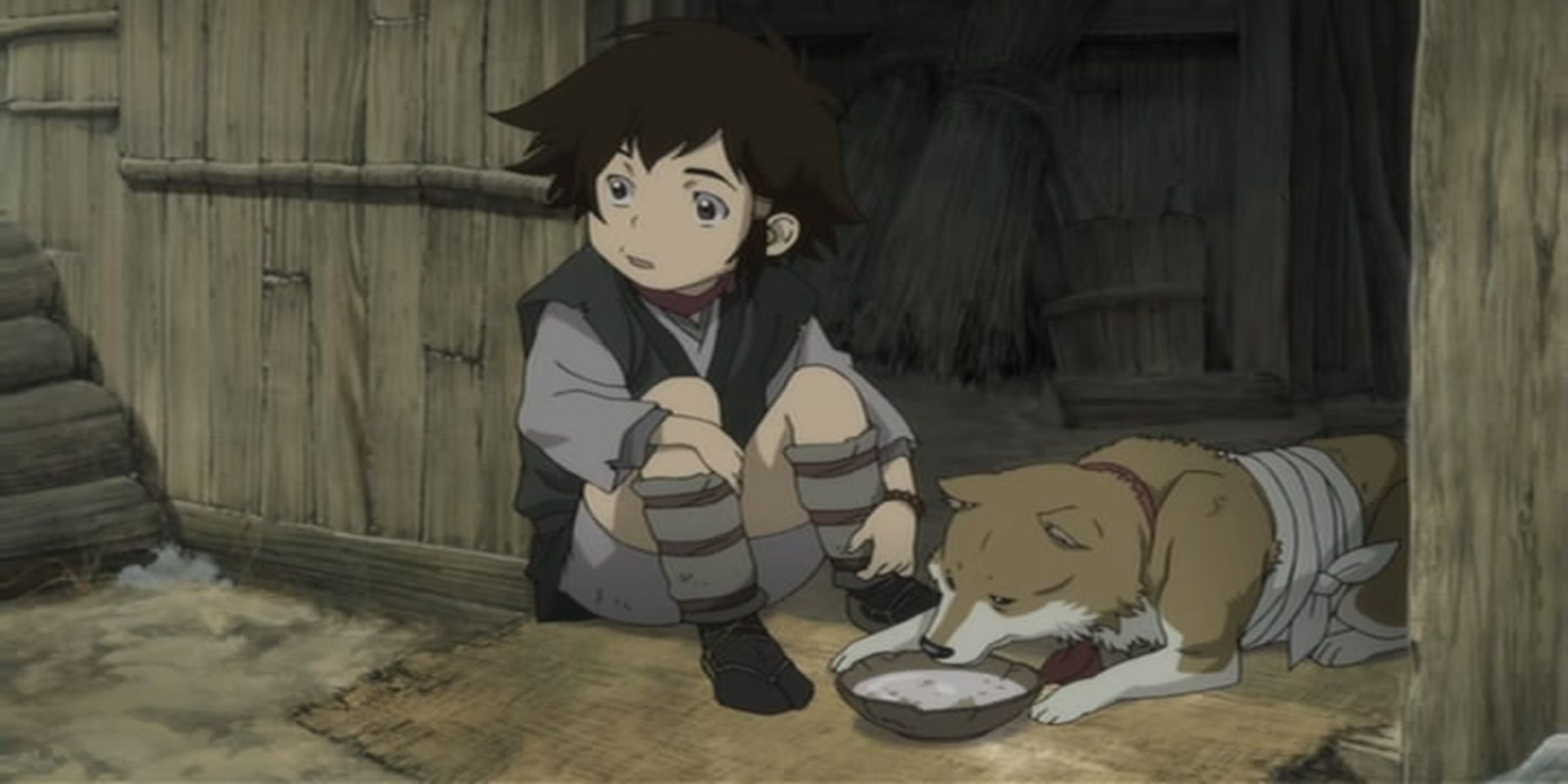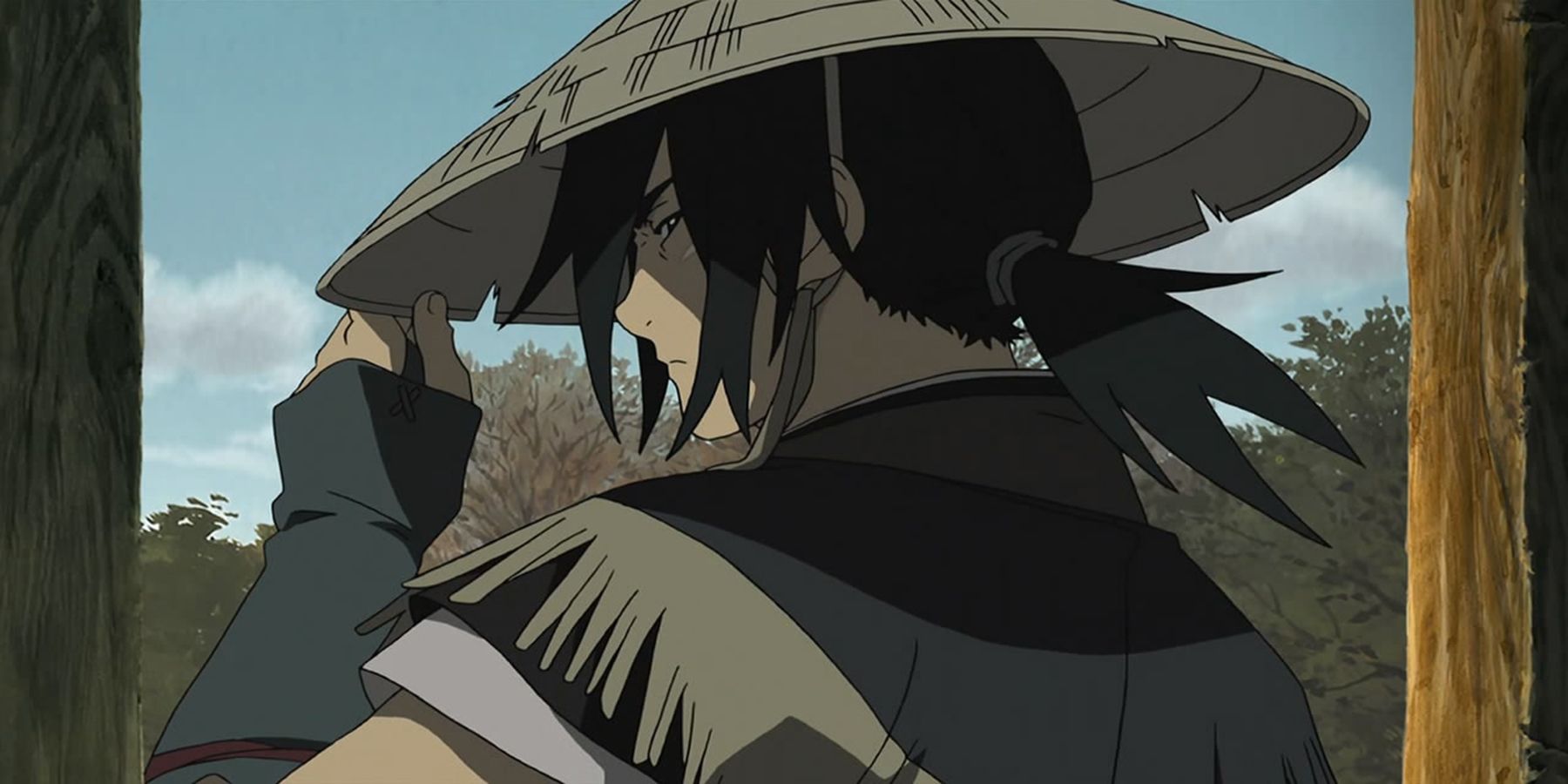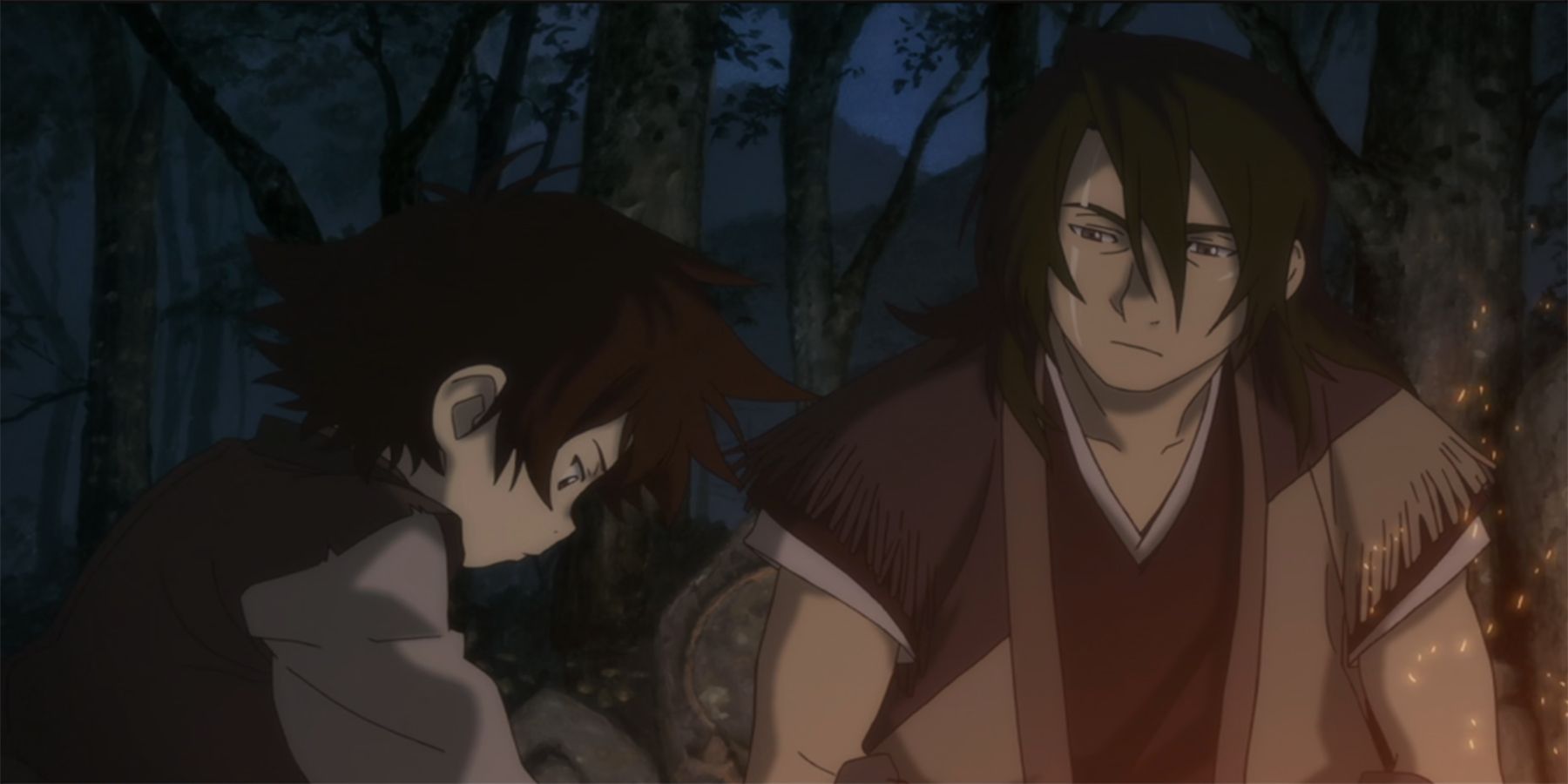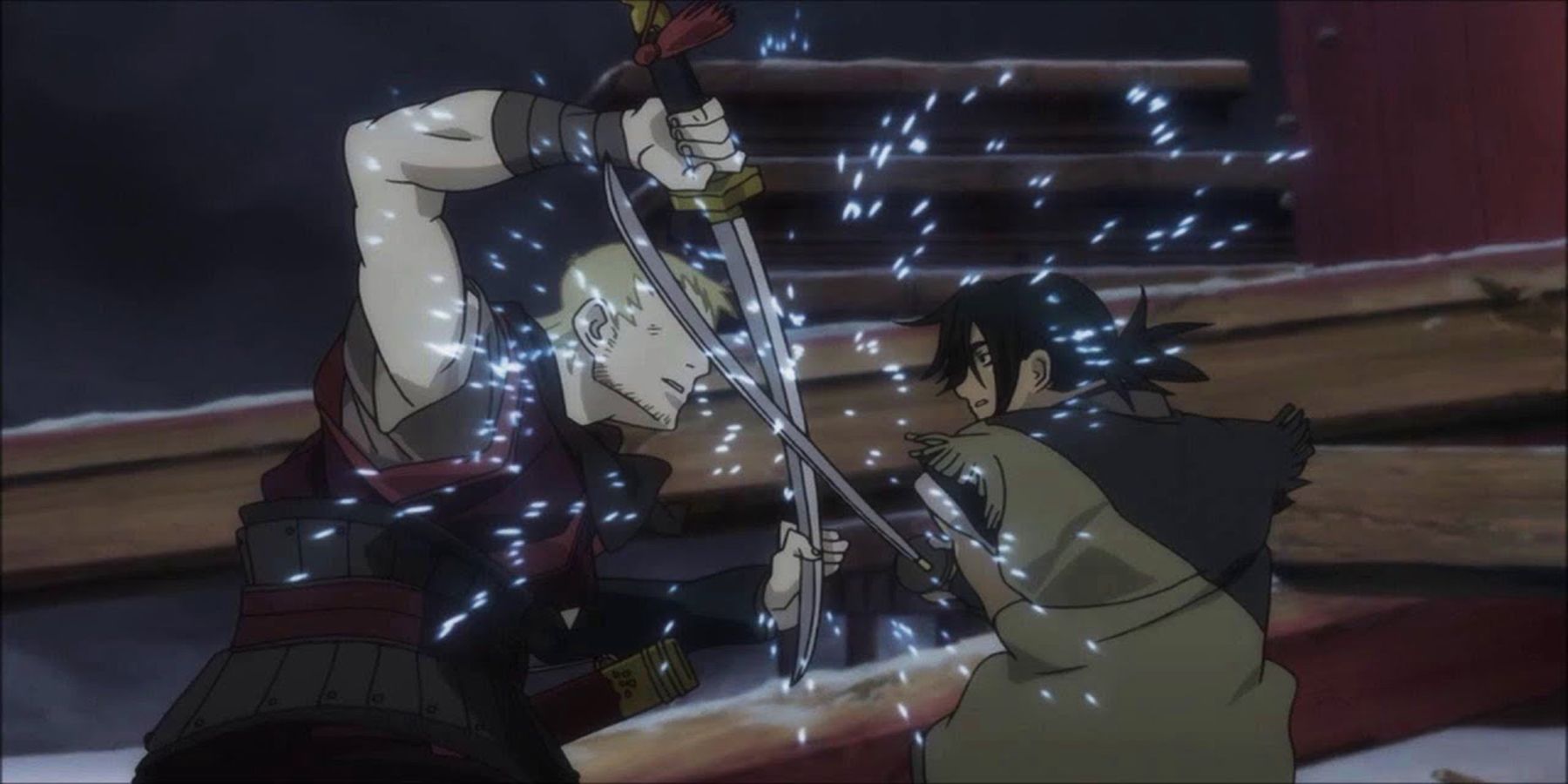During the warring states period, the Emperor of the Ming Dynasty sends soldiers to Japan on a mission to retrieve a boy, for a sacrifice they plan on performing under a full moon. But the stakes are high, as the sacrifice can only be done on a specified date at midnight.
Should they fail, the soldiers will have to remain in Japan until their mission is complete - it is a ritual for an immortality serum, after all. This is a battle between the Cike (Chinese assassins) and the samurai. With its exceptional storytelling, Sword of the Stranger does well in its overall narrative.
The Journey
The boy has a name, Kotaro and along with his dog, Tobimaru, the two are on the run, never staying in a single house for too long. But there are only so many empty houses, as his next one is occupied by a mysterious boy that's years older than him. Even though his new companion lacks a name, the stranger's swordsmanship is on par with a group that ambushes them shortly after their initial meeting.
During the fallout, however, Tobimaru is poisoned and due to his lack of experience, Kotaro makes a deal with the stranger to find medicine for his dog and serve as a bodyguard to get him to refuge. As the story progresses, the two each become the brothers they never had. While the stranger is a notable bodyguard and swordsman alike, he meets his match in a foreigner who's after much more than just Kotaro.
The Rounin
Within a short span of just an hour and thirty minutes, Sword of the Stranger manages to properly develop two characters at once. The stranger, or "No Name" ("Nanashi" in Japanese), as Kotaro calls him, bears a lot of similarities to Kenshin Himura.
The most evident would be in his carefree nature and refusal to unsheathe his katana, even going as far as to tie multiple knots around the hilt, so it's more difficult to draw. Additionally, he harbors a guilt and resentment for those in high power, and goes as far as to shield Kotaro from it all. While originally in it for the money, the stranger's newfound reason for living lies in his companionship with his surrogate brother.
A Deeper Meaning
Even though this tradition began in the 1980s in the Japanese work place, the central theme of the film is "Nakama", which refers to a companionship built over the course of one's journey. There are multiple spellings for it, two of which are,「中間」, meaning "midway"; and,「仲間」, meaning "companions".
While taking these two into account, it perfectly sums up the foundation of No Name's and Kotaro's brotherhood. Most rounin were wanderers, and as their title implies, without a teacher to serve as their mentor. And Kotaro may not be a samurai, but he was the missing piece in No Name's life. To make up for his past mistakes, he now has a chance to raise someone with the love and freedom he lacked during his upbringing.
The Art of Studio Bones
For a film that was produced 15 years ago, the stunning cinematography is one of the strongest assets of Sword of the Stranger. Studio Bones has always manages to entice the audience with its action scenes - My Hero Academia and Fullmetal Alchemist are proof of that. But what sets Sword of the Stranger apart from most shounen anime, is the fact that it uses dialogue very sparingly during tense moments. Fight scenes are fight scenes, no internal dialogue, no talking, just raw technique and swordplay. There were no "overpowered" characters either - all balanced and all equally matched.
There is no great anime without a good choreography, though. Naoki Satou's musical talents come at you with full force, and Sword of the Stranger's soundtrack is good enough to leave a lasting impression, but not enough to distract the viewer. He also uses his soundtrack sparingly; as throughout the movie there aren't too many differing ambiances and doesn't rely on a different tune for each scene. This lets the viewer properly associate audio with scenery, without getting overwhelmed. Less is more.
However, this still goes hand-in-hand with the other aspects of the story. Because the soundtrack is so significant and the narrative is nearly flawless, afterwards, pleased viewers may hear a familiar tune and remember their favorite scene, and vice versa. If anything else, Sword of the Stranger is a complete masterpiece, in more ways than one.

